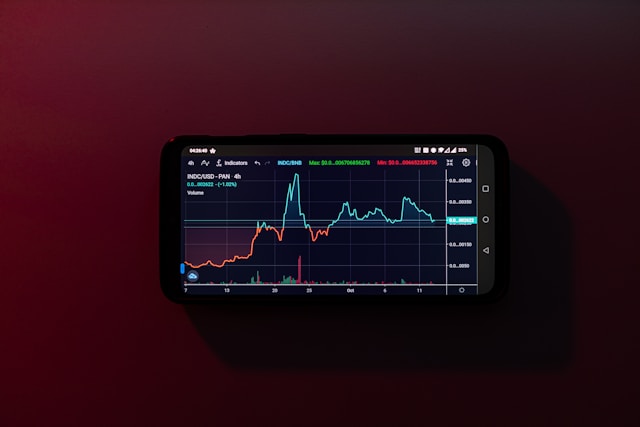In the labyrinthine realm of blockchain technology, the Solana blockchain emerges as a paragon of security and efficiency. Its design is a symphony of cutting-edge cryptographic principles and architectural innovations, orchestrating a protective bastion for data and transactions. To grasp the grandeur of Solana’s security measures, one must delve into the intricate mechanisms that underpin its formidable defense.
Fortress of Cryptography: The Role of Proof-of-History
At the heart of Solana’s security is its ingenious Proof-of-History (PoH) consensus mechanism. Unlike traditional Proof-of-Work or Proof-of-Stake models, PoH introduces a temporal dimension to blockchain validation. By creating a verifiable sequence of historical records, Solana ensures that every transaction’s chronology is indisputable. This temporal order is akin to a cryptographic ledger that guarantees the integrity and immutability of the data.
Hierarchical Data Protection: The Role of Sharding
Solana employs an advanced sharding technique, which disaggregates the network into smaller, manageable segments. Each shard operates independently, yet cohesively within the greater blockchain ecosystem. This hierarchical segmentation not only augments the network’s scalability but also enhances its security. By isolating transactions and data into distinct shards, Solana mitigates the risk of systemic failures and vulnerabilities.
Decentralized Fortification: The Network’s Resilience
The decentralized nature of Solana’s network is another cornerstone of its security framework. Unlike centralized systems where a single point of failure could compromise the entire structure, Solana’s distributed nodes collaborate to validate and secure transactions. This diffusion of control ensures that even if one node is compromised, the integrity of the blockchain remains intact. The network’s resilience is further bolstered by its robust node selection process and Byzantine Fault Tolerance (BFT) algorithms.
End-to-End Encryption: Safeguarding Data Integrity
Data integrity is paramount in any blockchain ecosystem, and Solana addresses this with end-to-end encryption. This cryptographic technique ensures that data transmitted across the network is shielded from prying eyes. Each transaction is encrypted and linked with a unique cryptographic key, rendering unauthorized access virtually impossible. The encryption process not only protects sensitive information but also upholds the overall sanctity of the blockchain.
Smart Contract Security: Vigilance Against Exploits
In the realm of smart contracts, Solana employs rigorous security protocols to thwart potential exploits. These contracts, written in Rust and C, are subjected to exhaustive security audits and formal verification processes. By leveraging advanced static analysis tools and formal methods, Solana ensures that smart contracts are impervious to common vulnerabilities such as reentrancy attacks and integer overflows. The rigorous scrutiny applied during Solana blockchain development guarantees that smart contracts execute as intended, without compromise.
Adaptive Threat Management: Real-Time Monitoring and Response
Solana’s security infrastructure incorporates real-time monitoring and adaptive threat management mechanisms. This proactive approach enables the network to detect and respond to potential threats with unparalleled agility. By analyzing transaction patterns and network behavior, Solana can swiftly identify anomalous activities and mitigate risks before they escalate. This dynamic threat management capability is crucial for maintaining the blockchain’s resilience in the face of evolving security challenges.
Concluding Reflections: The Pinnacle of Blockchain Security
In summation, the Solana blockchain stands as a testament to the evolution of blockchain security. Its multifaceted approach—ranging from Proof-of-History and sharding to decentralized fortification and end-to-end encryption—ensures a robust and resilient platform. As the blockchain landscape continues to evolve, Solana’s commitment to security remains unwavering, setting a high bar for future innovations in blockchain technology. Whether you are engaged in Solana blockchain development or simply exploring its capabilities, the security architecture of Solana offers a compelling glimpse into the future of secure and efficient blockchain systems.

